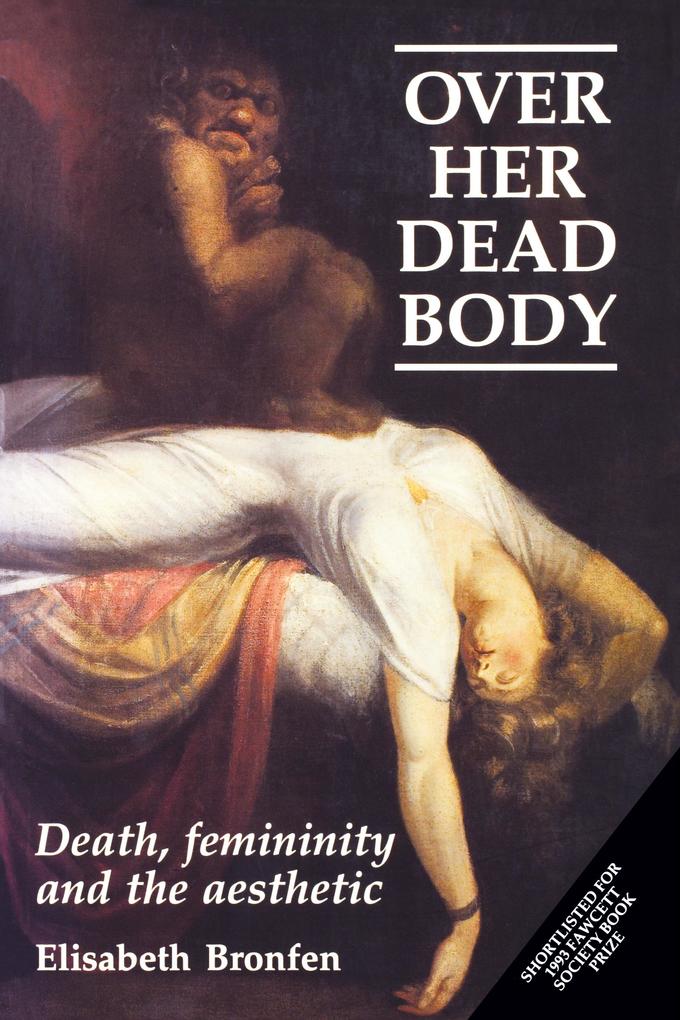The argument that this book presents is that narrative and visual representations of death can be read as symptoms of our culture and because the feminine body is culturally constructed as the superlative site of "other" and "not me", culture uses art to dream the deaths of beautiful women.
Inhaltsverzeichnis
Part 1 Death - the epitome of tropes: preparation for an autopsy; the lady vanishes; violence of representation - representation of violence. Part 2 From animate body to inanimate text: the "most" poetic topic; deathbed scenes; bodies on display; the lady is a portrait; noli me videre; case study - wife to Mr Rossetti - Elizabeth Siddall (1829-1862). Part 3 Strategies of translation, mitigation and exchange: sacrificing extremity; femininity - missing in action; close encounters of a fatal kind. Part 4 Stabilizing the ambivalence of repetition: the speculated woman; rigour has set in - the wasted bride; necromancy, or closing the crack in the gravestone; risk resemblances; spectral stories; the dead beloved as muse; case study - Henry's sister - Alice James (1848-1892). Part 5 Conclusion - aporias of resistance: from muse to creatrix - Snow White unbound.













